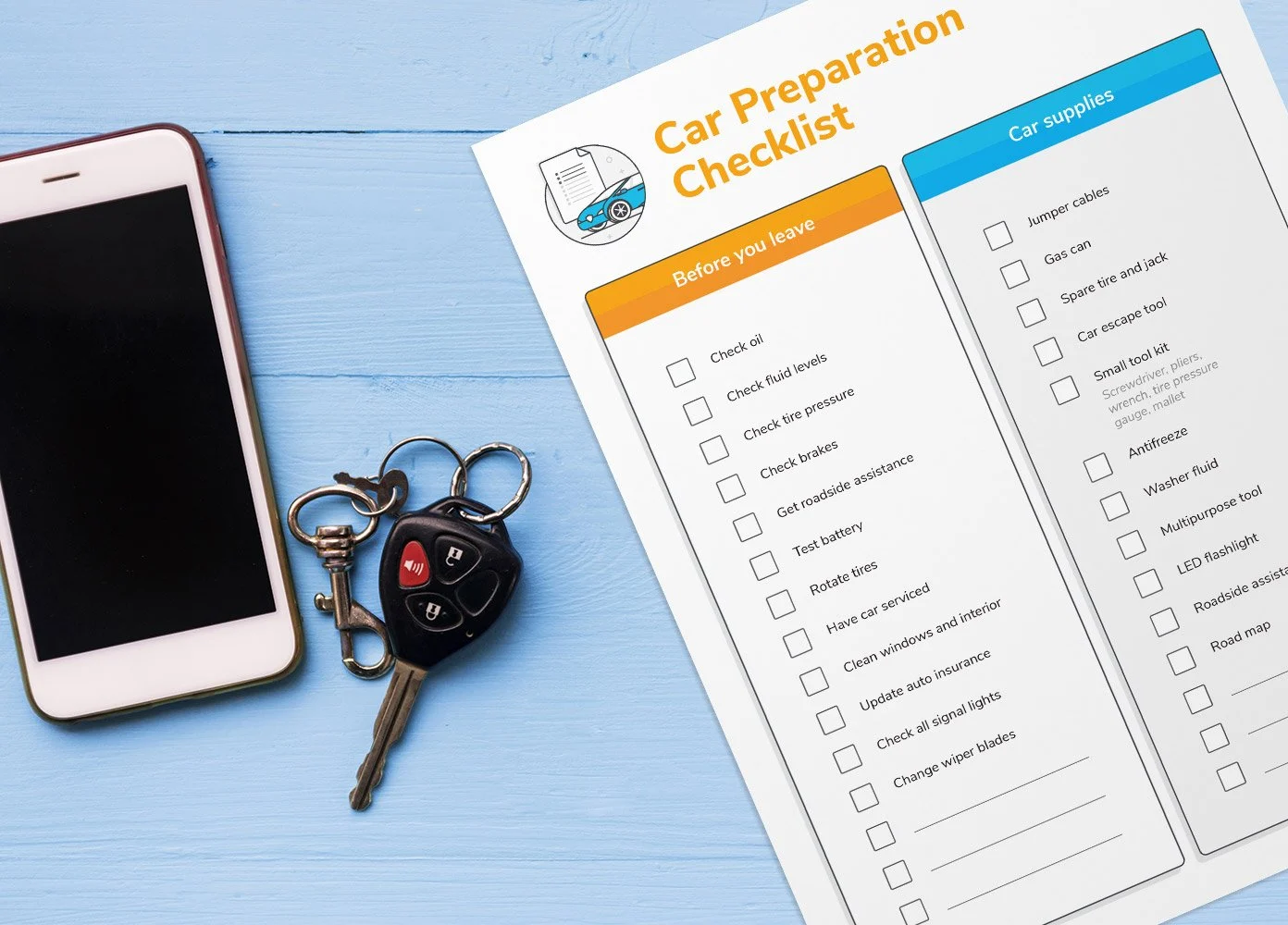There’s something oddly satisfying about a good road trip. The open highway, your favorite playlist, a cooler full of snacks, and no airport security in sight. But let’s be honest—what sounds carefree in your head can easily turn into a series of “why didn’t we think of that?” moments if you’re not properly prepared.
Most road trip checklists read like copy-paste templates: snacks, maps, sunglasses… Sure, those help, but they’re not enough. What about the condition of your tires? Or the half-mystery smell in the backseat that gets worse when the A/C’s on?
This guide skips the fluff and dives into what actually matters: vehicle readiness, comfort over time, smart packing, and simple things you’ll be glad you handled in advance. Whether you’re driving two hours or twelve, this is the prep checklist you’ll actually use.
1. Deep Clean the Interior ─ Start With a Fresh Space
Long hours in a dirty car make everything feel heavier. Dusty vents, sticky cup holders, and leftover wrappers from your last drive don’t belong in your travel mindset.
Even if you’re short on time, take a vacuum to the seats and floor mats, wipe down touch surfaces, and clear out the trunk.
But if you want your car to feel new again, professional car detailing is absolutely worth it. A proper detail cleans beyond the surface, getting rid of allergens, grime, and even odors you’ve gotten used to. It’s like starting your trip in a rental, only better, because you know where everything is.
Bonus: A clean car makes packing smoother and keeps your gear organized from day one.
2. Check Oil, Fluids, Brakes, Tire Pressure, and Battery
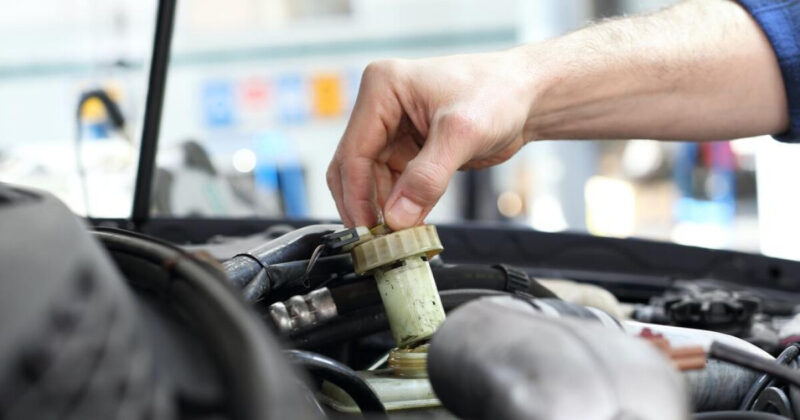
Mechanical prep is the most important part of your checklist. It doesn’t matter how great your playlist is if your car overheats on a hill or stalls on the shoulder.
Start by checking your oil and topping it off if needed, or get a change if it’s overdue. Look at the coolant level, especially if you’re driving in summer heat or going through mountain areas. Brake fluid and transmission fluid should be within recommended ranges, and the windshield washer fluid should be full.
Inspect all tires for pressure and tread. That includes the spare. Uneven wear, cracks, or low pressure can lead to blowouts. While you’re at it, look under the hood and make sure the battery terminals are clean and that the charge is strong enough for long-distance travel.
3. Test All Lights and Windshield Wipers
Visibility is a safety issue. Before you go, make sure every light on your vehicle is working correctly. That includes headlights, tail lights, brake lights, hazard lights, and turn signals. Even interior and dashboard lights matter when driving at night.
Windshield wipers should work smoothly without streaking or squeaking. If they leave marks or make noise, replace them. Also make sure the windshield washer jets are clear and spraying properly. Driving through rain or dust without clear vision can turn dangerous quickly.
4. Pack an Emergency Roadside Kit
No one wants to break down in the middle of nowhere, but if it happens, you’ll want to be ready. Prepare a kit that includes items you’d need in a mechanical emergency.
Bare minimum kit includes:
- Jumper cables
- Tire inflator or sealant
- Flashlight or headlamp (with extra batteries)
- Multi-tool or wrench set
- First aid kit
- Blanket or extra jacket
- Bottled water and some granola bars
- Duct tape (you’d be surprised)
You’ll probably never need it. But if you do, you’ll be very glad you have it.
5. Plan Your Route Ahead of Time
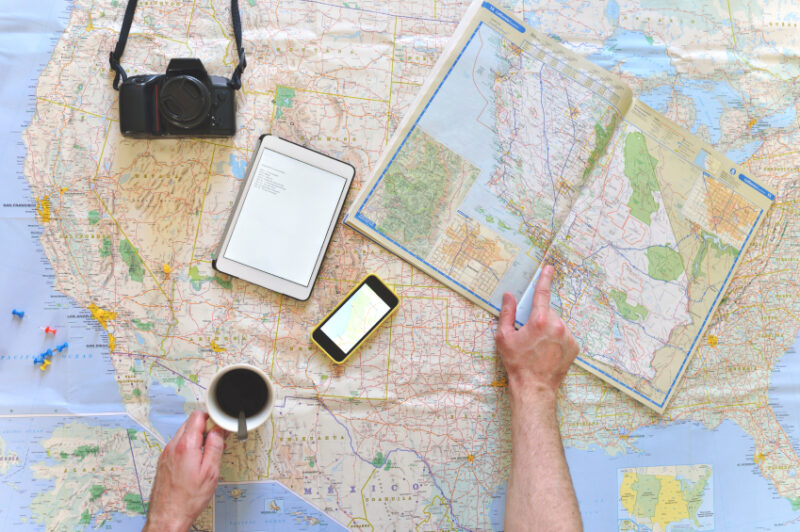
Spontaneity is part of the fun, but driving without any route planning is asking for stress. Open your maps app and look at the entire stretch of your trip. Identify areas with sparse services, potential traffic zones, and key cities or rest areas where you’ll stop for meals or fuel.
If your road trip plans change last minute or you need to move your vehicle rather than drive it, checking out reliable Car Transport Companies Hampshire could save you both time and worry.
Download the route offline so you’re not relying on cell signal in remote areas. If you’re traveling through multiple time zones, be mindful of how that impacts your arrival times or reservations.
6. Pack Practical Items Only
Packing for a road trip is less about options and more about efficiency. Instead of filling your bags with “just in case” outfits or gear you’ll never touch, think about how many days you’re actually traveling and what conditions you’ll encounter.
Bring enough clothes to stay comfortable and clean, but don’t overdo it. Use packing cubes or small bags to keep things organized. For tech, take only the devices you’ll use regularly, and keep them charged and accessible from the front seat.
7. Prepare and Organize Food and Drinks
Hunger is the most underrated road trip disruptor. You don’t need a gourmet spread, but you do need a plan. Choose food that travels well, like whole fruits, nuts, sandwiches, or pre-cut veggies. Drinks should be sealed or stored in spill-proof containers.
Use a cooler for perishables and keep everything neatly organized so you’re not digging under the backseat for a bottle of water. Messy food leads to messy moods, especially on longer drives.
8. Set Aside Comfort Items
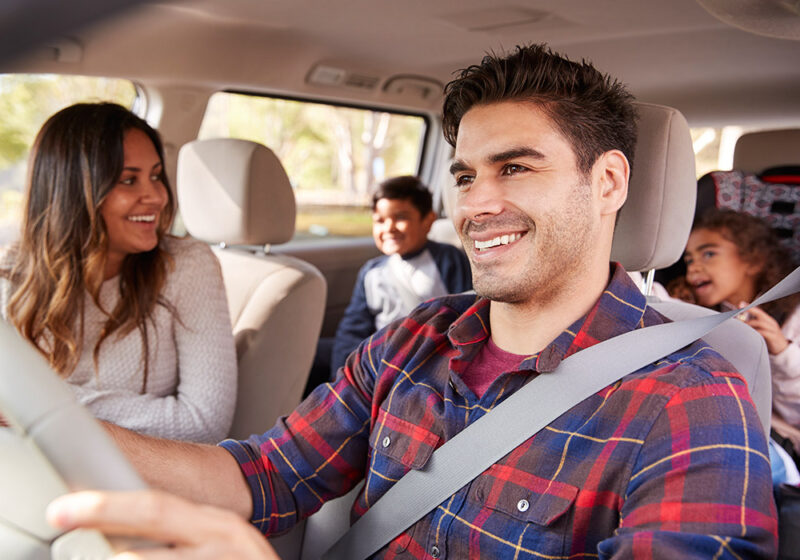
Comfort on a road trip comes from small details. Think about the little things that will make driving more enjoyable and less frustrating over time. Items like these are must-haves:
- Travel pillow or lumbar cushion
- Moisturizer and lip balm
- Compact blanket
- Extra phone charger and power bank
- Napkins or wet wipes
- Sunglasses for everyone
Keep these things within reach, not packed away. It’s the difference between relaxing and reaching awkwardly into a bag behind the seat every hour.
9. Fully Charge Devices and Download Maps
Tech is only helpful if it works. The night before your trip, charge all devices you plan to bring. That includes phones, tablets, cameras, and battery packs. Then, make sure your maps are downloaded offline, especially if you’re going through remote areas with spotty service.
If you’re relying on a navigation app, close all battery-hogging apps and enable power-saving mode. Make sure your charging cables are packed and functioning.
10. Fill Up Your Gas Tank the Night Before
Filling your tank on the morning of your trip sounds logical until you’re in a rush or the gas station has a long line. Save yourself the hassle and get this done the night before.
Start your trip with a full tank, knowing you won’t need to stop right away. It makes the first leg of the journey smoother, and you’ll hit the road without delays.
11. Do a Final Check for Keys, Wallet, and Documents
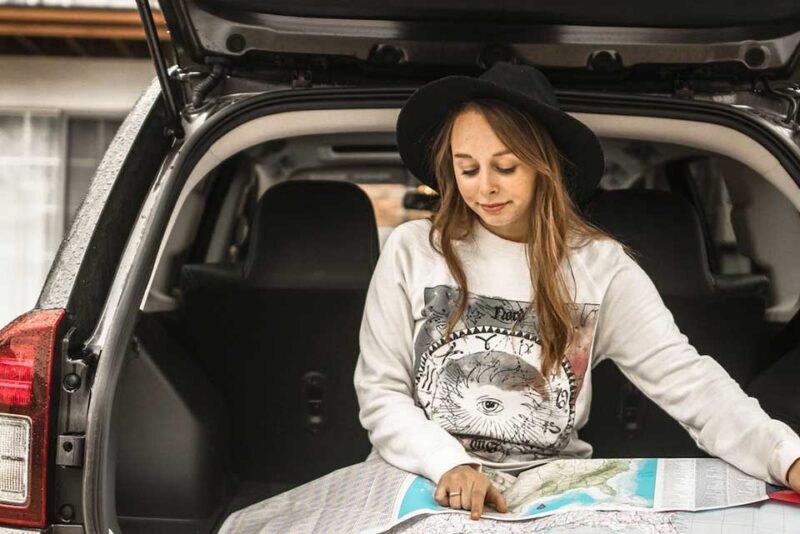
Right before bed or just before leaving, walk through a mental list of non-negotiables. Make sure your car keys are where they should be. Check that your wallet contains your license and insurance info. If you’re crossing borders or entering national parks, confirm you have printed permits or identification.
It’s a simple check that takes two minutes‚, and it can prevent a major delay or a frustrating turnaround.
Final Thoughts ─ You’re Ready
This isn’t about being overly cautious, it’s about driving with confidence, knowing you didn’t leave anything critical behind.
Road trips should feel exciting, not anxious. With this checklist, they will.
Take the time the night before. Knock out these tasks. And then hit the road knowing you’re not winging it, you’re cruising.

